
Best Practices for Performance Management: 7 Ways for Growth in 2025 Through Feedback

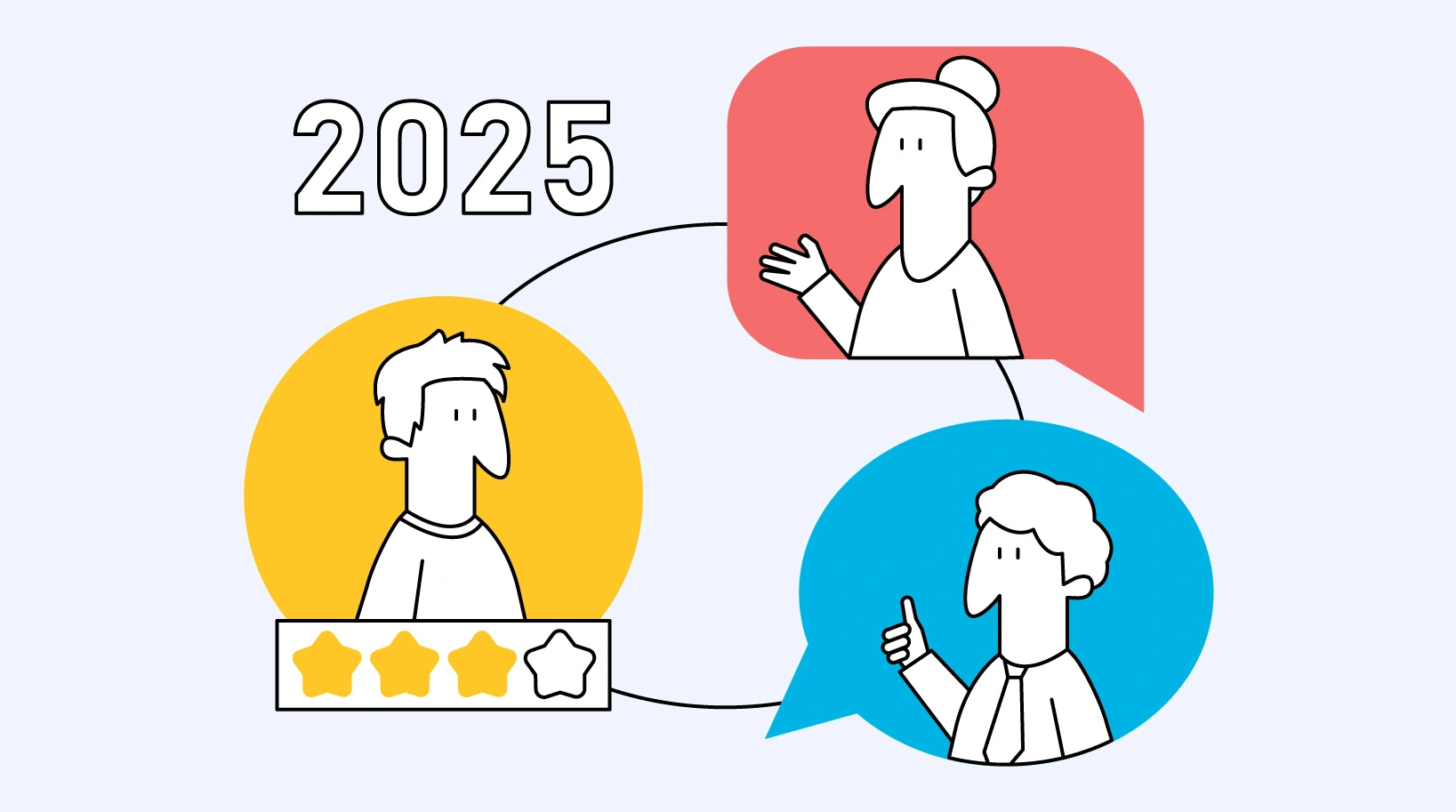
- 📈How to Approach Performance Management?
- 1. Skill-Based Performance Management
- 2. Team-Based Goals in Performance Management
- 3. Employee Self-Assessment
- 4. 360-Degree Feedback
- 5. Management by Objectives (MBO)
- 6. Critical Incident Technique (CIT)
- 7. Behavioral Observation Scales (BOS)
- In Conclusion
Determining the best practice of performance management depends on your organization's scale and goals and most importantly, depends on you❗️
Whether you're a small business or a large corporation, the methods mentioned here can help you monitor your employees' performance and efficiency using different employee performance management systems.
In this article, we'll learn the basics of performance management and review 8 methods of performance management that are suitable for different company types.
📈How to Approach Performance Management?
Company leaders often struggle with a lack of confidence in their performance management systems.
Despite recognizing their importance, many face challenges such as fragmentation, the presence of informal or "shadow" systems, misalignment, and inconsistency.
To address these issues, organizations need to ask:
🔍What kind of systems truly meet their needs?
🎯Should rewards be aimed at individual achievements or team accomplishments?
💡Most importantly, how can limited resources be best allocated to maximize impact?!
Let’s discuss the best practices of performance management and their methodologies, while weighing their pros and cons:
1. Skill-Based Performance Management
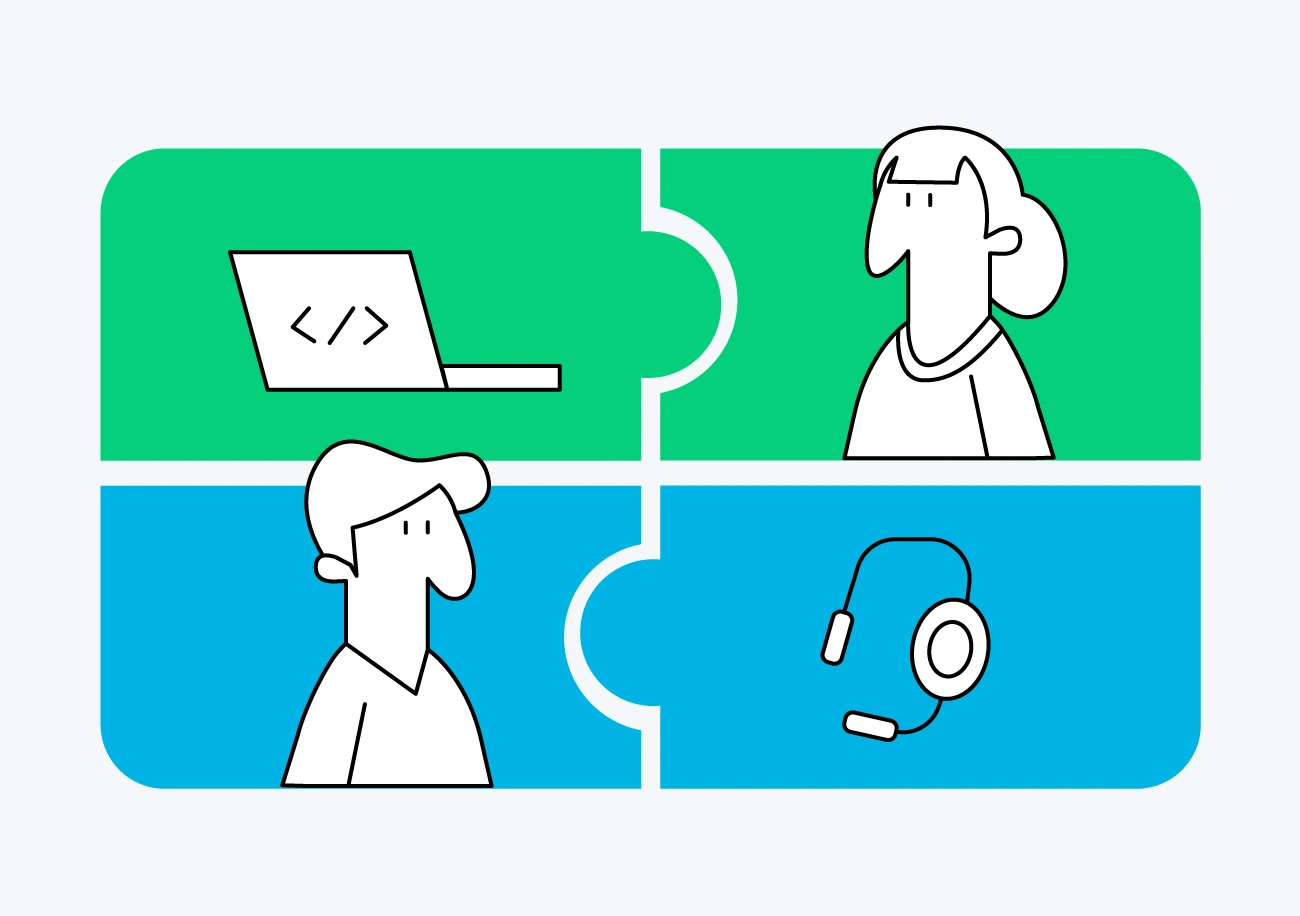
Skill-based performance management is a modern method that focuses on identifying and developing specific skills required for success in a role, thereby enhancing the skills of existing employees.
As the demand for skilled employees grows, this approach is becoming one of the best and will gain more attention in 2025.
It focuses on enhancing team members' abilities, making it an essential strategy for the future.
Here, we have gathered a list of the best skill management softwares for small companies, medium enterprises and large corporations in 2025.
It involves assessing employees’ competencies and offering targeted development opportunities to enhance their performance and growth.
This approach ensures that employees' skills align with organizational needs.
- Targeted Development: Focuses on specific skills that are crucial for the role.
- Alignment with Organizational Needs: Ensures employees have the skills to meet the company's goals.
- Personalized Growth: Offers tailored development plans for individual improvement.
- Objective Evaluation: Provides a framework for assessing performance.
- Resource Intensive: Requires time and resources to learn about all the features that the app offers.
- Requires Continuous Updating: this performance management Tool needs to be regularly updated to keep pace with industry changes.
agyleOS performance management platform aims to turn these challenges into simple solutions, using its diverse and inclusive features.
With features such as "skill matrix" and "report tool", you can get an overview of your organization's strength and weaknesses and plan accordingly.
Reach out to the agyleOS team today and discover how we can help boost your organization's success.
2. Team-Based Goals in Performance Management

Managing efficiency across multiple departments can be challenging❗️
Team-based performance management system, ideal for medium to large companies, addresses this issue.
By setting SMART goals (Specific, Measurable, Achievable, Relevant, and Time-Bound) for your teams, you can manage a larger group of employees’ performances, and plan your company objectives accordingly.
Additionally, implementing OKRs (Objectives and Key Results) can further enhance employee performance management systems by clearly defining what to achieve and measuring how you’ll achieve it.
This method:
- Leverages diverse skills
- Promotes teamwork and collaboration
- Establishes team goals
Goals can be cross-departmental projects or performance metrics.
The approach involves:
- Team in goal setting
- Establishing milestones
- Providing resources
- Celebrating successes
Celebrating successes gives employees a tangible sense of achievement.
Using team-based goal setting fosters a collaborative environment, strengthening team dynamics and increasing efficiency.
- Enhanced Collaboration: Encourages team members to work together, share ideas, and support each other.
- Improved Communication Shared Responsibility: Distributes the workload and responsibility.
- Increased Productivity and Morale.
- Potential for Conflict: Differences in opinions and working styles can lead to conflicts within the team.
- Dependency on Team Dynamics: employees may not be as effective and efficient when not in a team dynamic.
- Possible Lack of Individual Accountability: Individual contributions might be overlooked.
- Risk of Groupthink: employees’ individual creativity may be suppressed.
3. Employee Self-Assessment
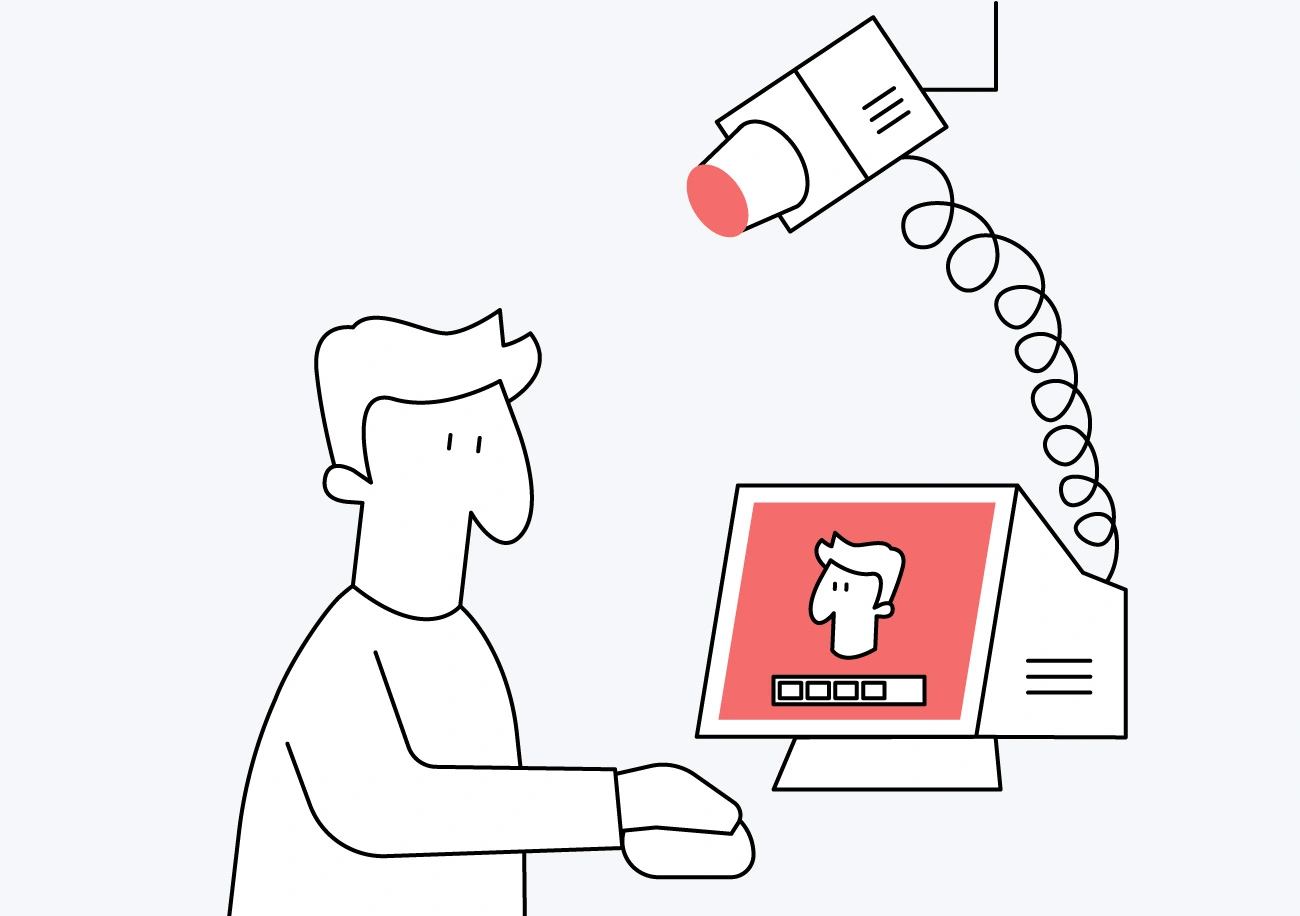
Employee self-assessment encourages individuals to reflect on their own performance, set personal goals, and identify areas for improvement.
It fosters self-awareness and accountability.
- Promotes Self-Reflection: Encourages employees to evaluate their own performance and development.
- Empowers Employees: Gives employees a sense of ownership over their growth and career path.
- Supports Development Planning: Helps identify personal goals and areas for improvement.
- Requires Guidance: Employees need support in setting realistic and meaningful goals to ensure they have a clear direction and achievable target.
- May Lack Objectivity: Self-assessments should be balanced with feedback from peers, pushing your employees to strive for improvement in the work environment.
4. 360-Degree Feedback

360-degree feedback is a performance management method that collects input from an employee's coworkers, subordinates, managers, and sometimes clients.
This approach offers a complete view of an employee's performance and areas for improvement.
It's great for getting different perspectives and encouraging both personal and professional growth.
Push your employees to improve each other's performance by using agyleOS’s “peer and self reporting” features and track their improvement with clone and compare tool.
- Inclusive Feedback: get a clear image of your employee's strengths and weaknesses.
- Encourages Growth: Employees gain feedback from different sources.
- Enhances Self-Awareness: Employees receive feedback on how others perceive them.
- Time-Consuming: Collecting feedback from multiple sources can be time-consuming.
- Requires Training: Employees need guidance on giving and receiving constructive feedback.
Check out this list of the Best 360 Degree Feedback Tools in 2025.
Providing Employers With a 360 Degree View
agyleOS HR performance management software adds an additional degree to your 360 view, using top of the art features to help employers assess their employees thoroughly.
✅Features include:
- Self-assessment and skill improvement
- Report tool to generate detailed report and analytics
- Assigning tasks based on skill charts
- Improving performance and addressing weak points
Knowing the employer needs, agyleOS family tries its best to develop new features that helps companies boost their performance.
5. Management by Objectives (MBO)
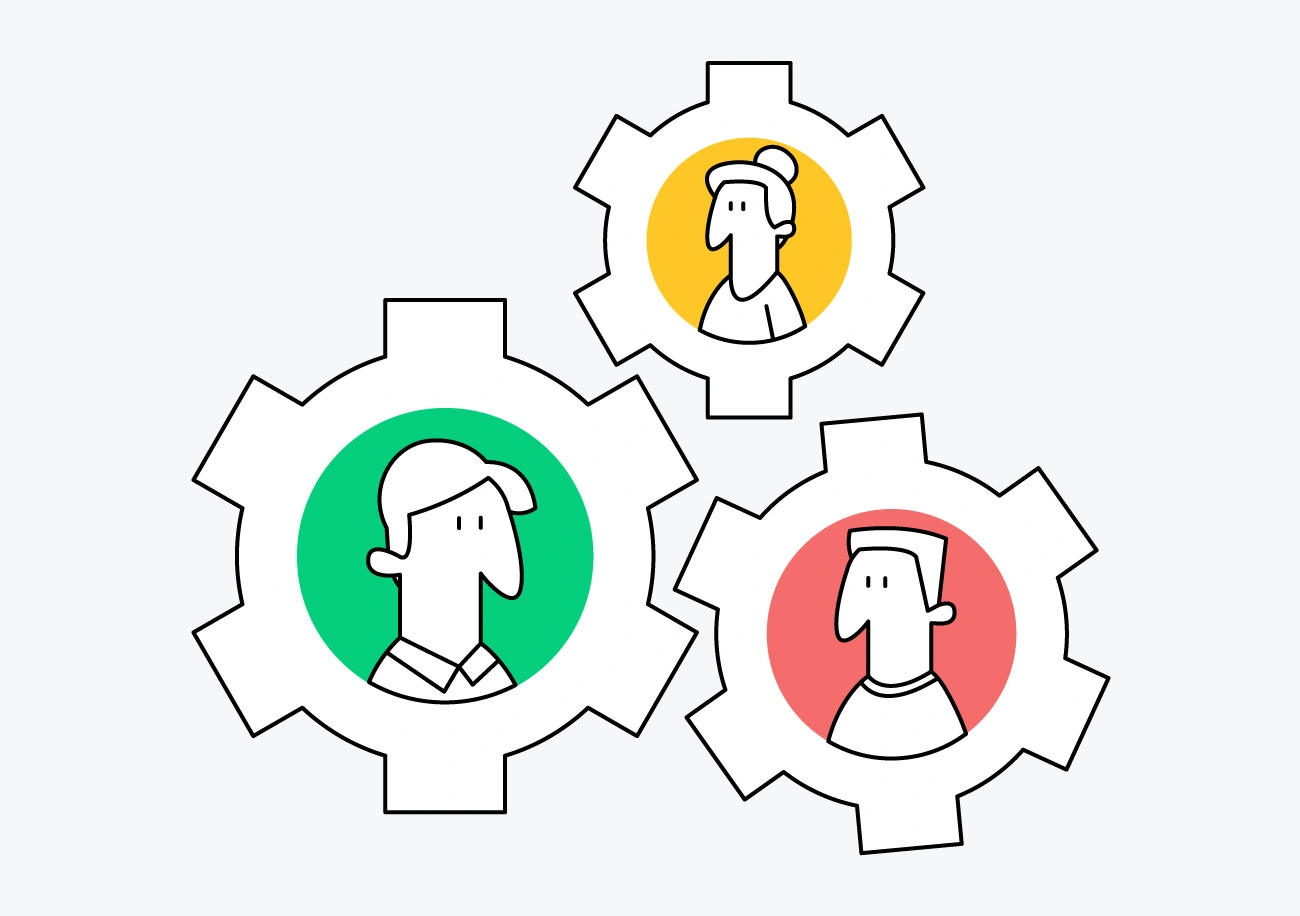
Management by Objectives (MBO) is a method where managers and employees set specific, measurable goals together.
It aligns individual goals with the company's objectives, promoting ownership and accountability.
MBO emphasizes clear communication and results-oriented planning, boosting motivation and performance.
🗝️Key Steps of MBO:
- Set clear, achievable objectives
- Develop action plans
- Monitor progress
- Evaluate performance
Regular reviews and feedback help track progress, address challenges, and make adjustments.
Involving employees in goal setting boosts engagement, commitment, transparency, and alignment towards common goals.
- Enhances Motivation: Involves employees in goal setting, increasing engagement and commitment.
- Promote Transparency: Ensures clear communication and alignment of objectives across the organization.
- Improves Accountability: Employees are held accountable for achieving their objectives, promoting a results-oriented culture.
- Can Be Time-Consuming: Requires regular goal-setting and review sessions.
- Risk of Short-Term Focus: Overemphasis on objectives may overlook broader organizational needs.
- Potential Misalignment: If not carefully managed, individual objectives may conflict with team or organizational goals.
6. Critical Incident Technique (CIT)

CIT, both a method used in psychology and in management, is a simple method of managers observing and analyzing each employee's specific behaviour that is either highly effective or highly ineffective.
This helps HR professionals understand what actions contribute to success or failure in the workplace and choose the relevant performance management tool.
📊How is CIT Used in Performance Management?
To use CIT as a HR performance management system:
- Analyze the job.
- Evaluate performance with examples of good/bad behavior.
- Design training programs based on real incidents.
- Develop interview questions and assessment criteria from critical behaviors.
- Choose the right HR performance management software.
- Detailed Insights: Provides specific examples of behaviour, making it easier to understand what works and what doesn't.
- Objective Evaluation: Reduces bias in performance appraisals by focusing on actual incidents.
- Targeted Training: Ensures training programs are relevant and address real issues.
- Time-Consuming: Requires collecting and analyzing detailed data, which can be a lengthy process.
- Subjectivity: Relies on participant honesty, which can be biased.
7. Behavioral Observation Scales (BOS)
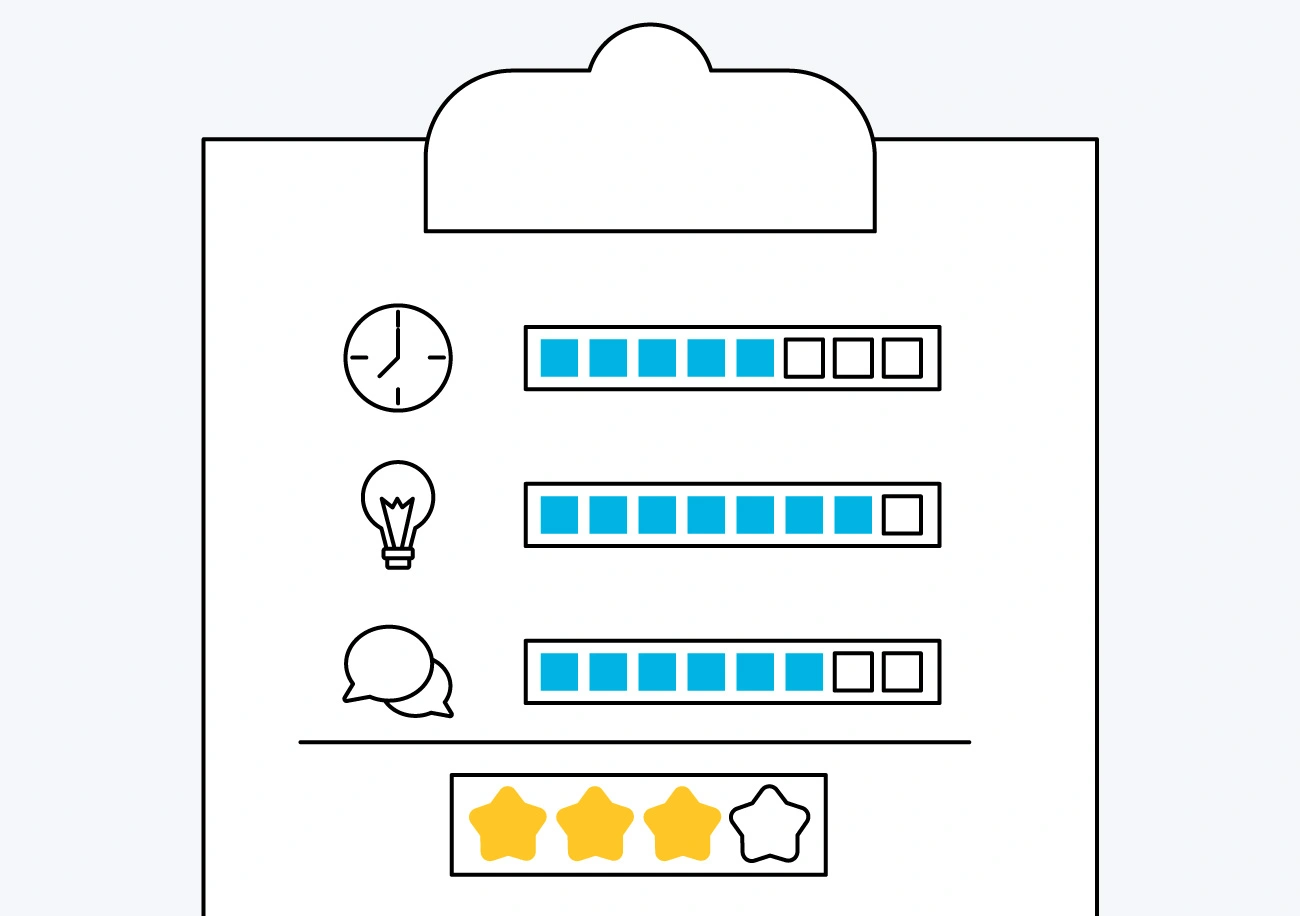
BOS is a method that evaluates employee performance based on specific, observable behaviours.
Instead of assessing traits or general performance, BOS focuses on the frequency of specific behaviours that are critical to job success.
👌BOS is best for:
- Assessing job groups.
- Developing interview processes to hire high-quality candidates.
- Improving performance by understanding the impact of each behaviour on efficiency.
By using BOS, organizations can ensure more accurate assessments and targeted improvements.
How Does BOS Work?
BOS is all about spotting key actions that boost job performance.
It tracks these behaviors, counts how often they happen, and uses the data to give praise, feedback, and find areas for improvement.
- Specific Feedback: Provides detailed, behaviour-based feedback to employees, making it easier to understand areas for improvement.
- Development Focus: Helps identify specific behaviours to reinforce or develop, leading to targeted training and development efforts.
- Consistency: Ensures consistent criteria for evaluating performance across different employees.
- Time-Consuming: Requires ongoing observation and recording of behaviours, which can be resource-intensive.
- Observer Bias: The accuracy of the evaluation depends on the observer's ability to accurately and consistently record behaviours.
In Conclusion
In 2025’s dynamic work environment, an effective performance management tool is crucial for your organizational success.
We have analyzed the best performance management softwares and systems and addressed their key steps.
In reality, an all-in-one solution doesn’t exist, so you need to find what works best for your company's unique scale and needs.
Why not test it yourself to find the best solution⁉️
By submitting this form, I confirm that I have read the privacy policy and that I consent to the processing of my personal data by agyleOS for the purposes stated. In the event of consent, I can revoke my consent at any time. Furthermore, by submitting the form, I agree to the general terms and conditions.
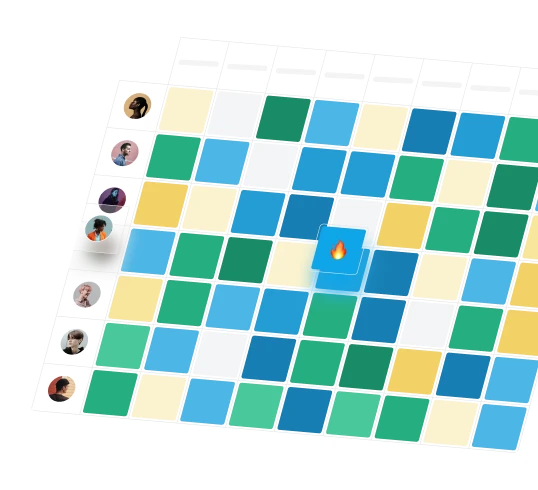

- Product
- Resources
- Compare
- Company
